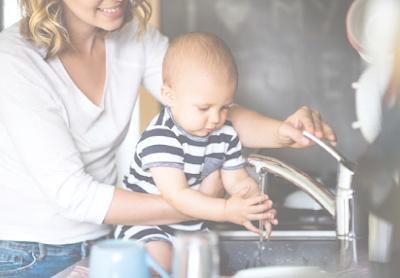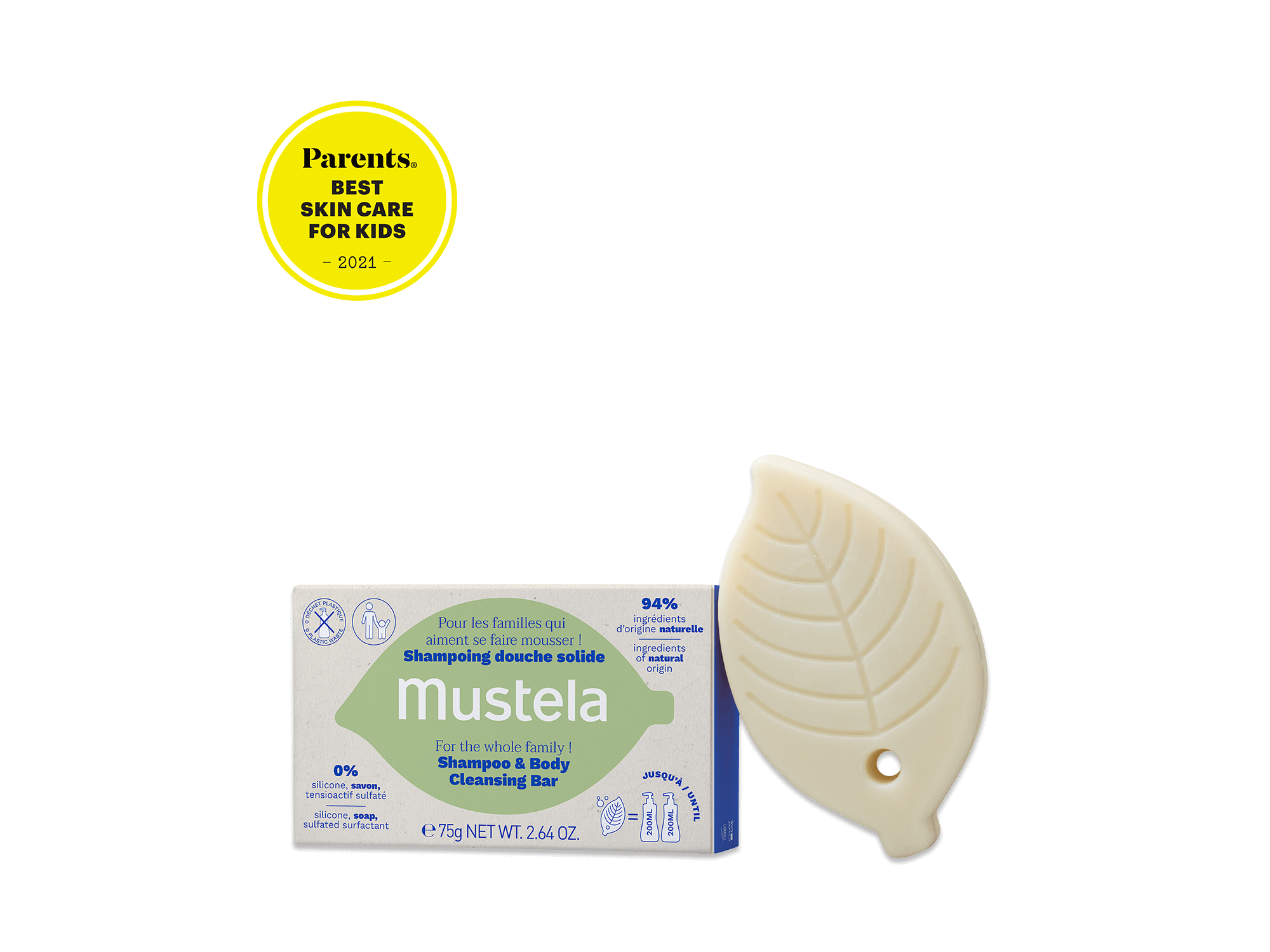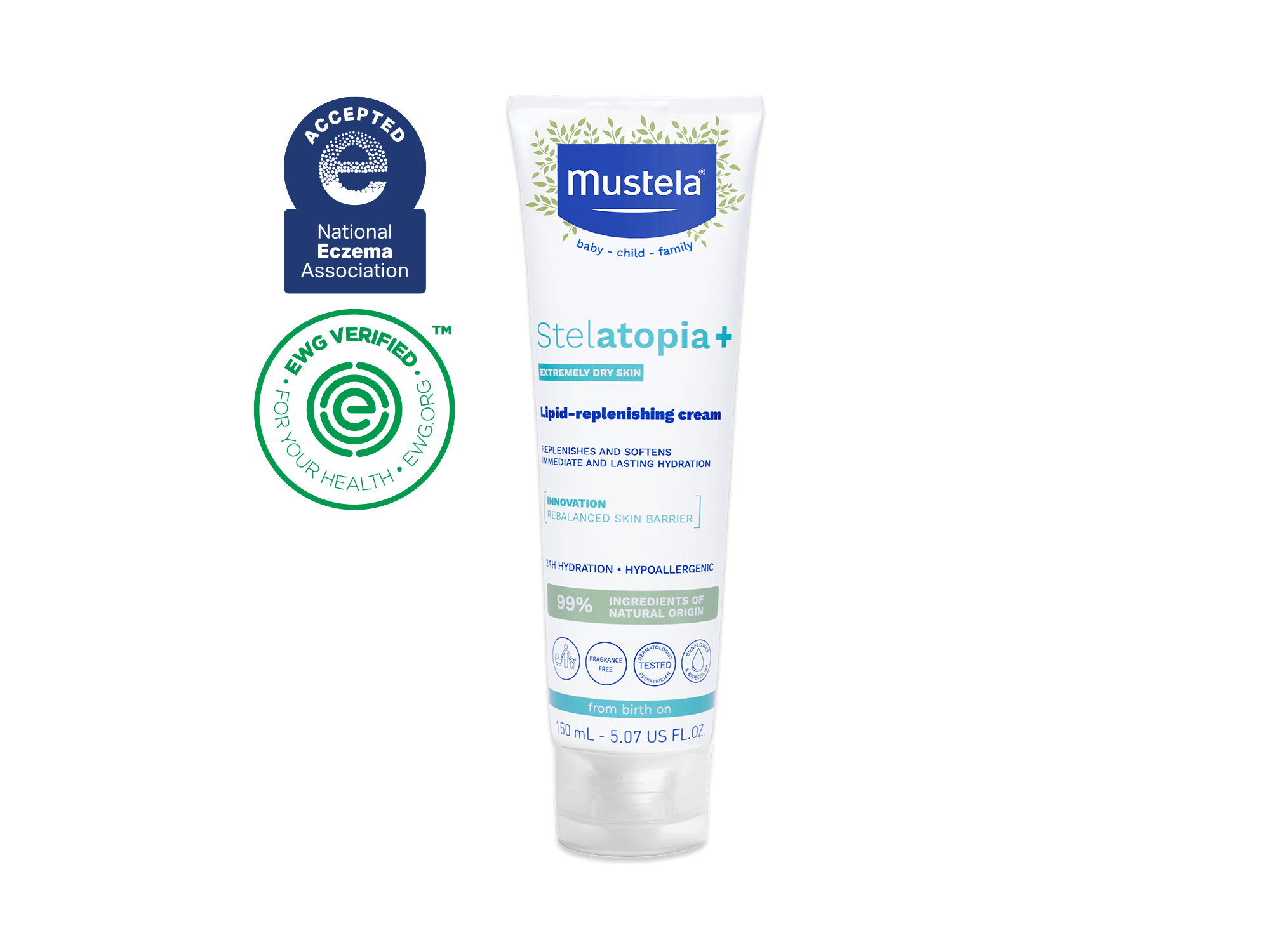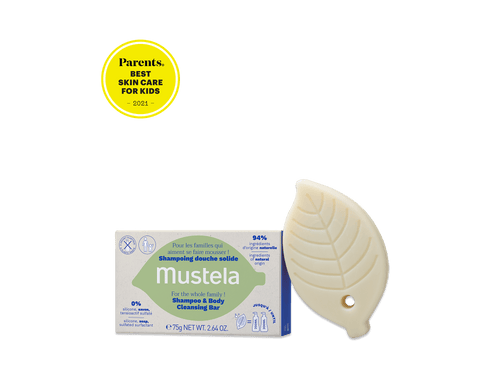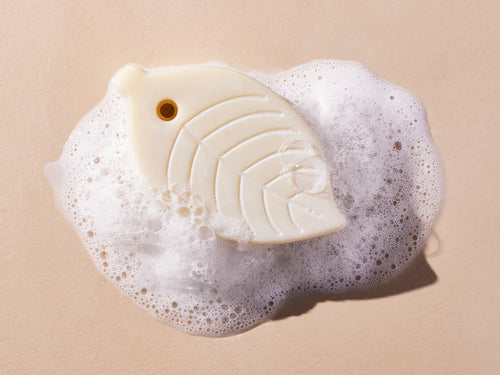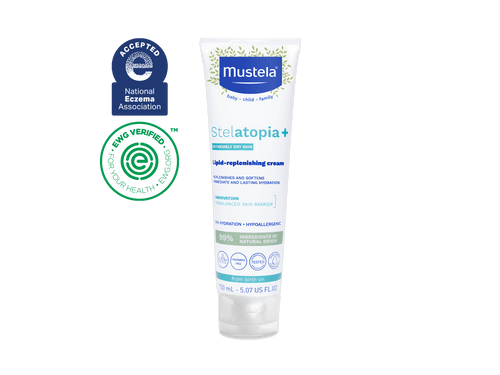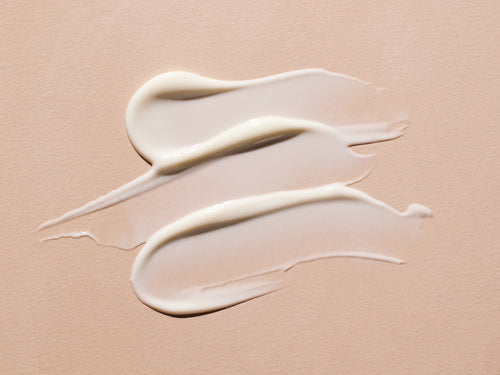If you want to avoid illness and tackle messes, hand-washing is a must! Big messes seem to follow little kids, which is why your little one must learn proper hand-washing techniques at an early age.
The experts at Mustela discuss how to keep your baby’s hands (and yours!) clean and give you the dos and don’ts when it comes to hand-washing.
Hand-Washing: A Healthy Habit

Healthy habits start early on, and hand-washing is a habit that is worth sticking to! The earlier your little one learns how to properly wash their hands the better. The benefits of hand-washing include:
- Preventing illnesses
- Removing dirt
- Preventing the spread of germs
Whether your baby is rolling a ball around, sharing crayons, or crawling on the floor, hand-washing should happen next. It’s one of the most effective ways to prevent the spread of unavoidable germs. Sharing is not always caring!
According to The Centers for Disease Control and Prevention (CDC), you should wash your hands often, especially:
- Before, during, and after preparing food
- Before eating food
- Before and after caring for someone at home who is sick with vomiting or diarrhea
- Before and after treating a cut or wound
- Before feeding or nursing your baby
- After using the restroom
- After changing diapers or cleaning up a child who has used the restroom
- After blowing your nose, coughing, or sneezing
- After touching an animal, animal feed, or animal waste
- After handling pet food or pet treats
- After touching garbage
How To Wash Your Hands Properly

Hand-washing can be broken down into five effective steps: wet, lather, scrub, rinse, and dry. The CDC suggests following these steps every single time. Let’s talk about what that looks like.
- Wet your hands with clean, running water (warm or cold), turn off the water, and apply soap.
- Lather your hands by rubbing them together with the soap. Lather the backs of your hands, between your fingers, and under your nails.
- Scrub your hands for at least 20 seconds. Need a timer? Hum the “Happy Birthday” song from beginning to end twice.
- Rinse your hands well under clean, running water.
- Dry your hands using a clean towel or let them air dry.
Hand-Washing Experiment

Little ones like to quickly “wash their hands” and move on to their next activity. But the scrubbing step is crucial and one that most children don’t grasp. The good news is that even babies can pick up on good habits when shown them early and often!
To get your little one to fully grasp this step, try an experiment with them. You’ll need two items: glitter and lotion. The glitter represents the germs, and the lotion is used to make the glitter stick (representing your skin’s natural oils).
To conduct the experiment, follow these steps:
- Rub some lotion onto your baby’s hands.
- Sprinkle some glitter on their hands.
- Have your little one walk (or crawl!) around outside and act as if they’re just going about their day. (So they would play with a toy, touch someone’s shirt, give a hug...and so on.)
- You’ll notice little specks of glitter on the toys, the clothing garments, and the other person. This will show them how easily germs (the glitter) spreads.
- Time to wash your child’s hands, but first, quickly rinse their hands under water — no soap — for just a few seconds. You’ll notice that there are still some specks of glitter on their hands.
- Now scrub their hands with soap AND water for at least 20 seconds.
- Rinse off their hands.
- Dry their hands using a clean towel.
Now your little one can see that once they scrubbed their hands with soap and water, the germs (glitter) disappeared and their hands are all clean and clear of any residue from the glitter.
Like we said above, even babies can pick up on healthy habits when you instill them often enough in their daily routine!
This experiment shows your little one the importance of washing with soap and water, the importance of actually scrubbing their hands, and the importance of how long they wash their hands.
Hand-Washing Dos And Don’ts

Believe it or not, there is a wrong way to wash your hands! We’ll provide you with a few hand-washing dos and don’ts to give you a better idea of what hand-washing should really look like.
Dos
Our list of hand-washing dos includes:
- Do follow the CDC’s five steps.
- Do cover all the surfaces of your hands, including the front and back of your hands, your wrists, between your fingers, and under your fingernails.
- Do keep your hands and forearms lower than your elbows to prevent the water from running to your elbows (the least contaminated area).
- Do dry hands with a clean towel or paper towel if an air dryer isn’t available.
- Do use the towel or paper towel to turn off the faucet.
Don’ts
Our list of hand-washing don’ts includes:
- Don’t use hot water to wash your hands. Hot water tends to irritate the skin more, leaving your hands chapped and more susceptible to bacteria.
- Don’t run water over your hands during the lather step because you’ll rinse away all of the soap.
- Don’t touch the sink surface after washing your hands.
- Don’t skip hand-washing altogether if you don’t have direct access to soap and water. Find an alternative solution, like our Certified Organic Cotton Wipes with Water.
What To Do If Soap And Water Aren’t Available

When you’re out with your baby and don’t have access to soap and water, your best (and only) option may be to use hand sanitizer. Just make sure it’s a plant-based, unscented version!
Once you get home, bathe your little one with Mustela’s Gentle Soap With Cold Cream to give your baby’s skin a clean slate!
This baby wash gently cleanses your child’s face and even combats the drying effects of hard water from bathing. Ceramides infused with Cold Cream deeply nourish your baby’s skin and help it maintain a healthy barrier.
How To Keep Your Hands Moisturized Even With Frequent Washing

We’ve established that with little ones running around, hand-washing is a habit you don’t want to break! Unfortunately, washing your hands frequently can lead to dry skin.
But don’t worry; we have good news for you if you suffer from dry hands! Our products are moisturizing, so during those times when hand-washing leaves you and your baby with dry skin, lather up with Mustela’s gentle products.
Use our Nourishing Lotion With Cold Cream to protect the surface of your and your baby's skin against environmental conditions. It also works on the deeper layers of your skin to keep it healthy.
Our formula is specifically designed for babies and children with dry skin and penetrates effortlessly to deliver immediate and long-lasting moisture. As you can see, this product is the perfect must-have to stash away in your bag or diaper bag!
And to moisturize your baby’s skin during bath time, use our Nourishing Cleansing Gel With Cold Cream. It safely and effectively cleans your baby's hair and skin while protecting it from the drying effects of bathing.
For eczema-prone skin, try our Stelatopia Emollient Cream to keep your little one’s skin soothed and moisturized!
Keep Calm And Wash Your Baby’s Hands

Your baby will become exposed to germs, dirt, and bacteria very early on in their life. Germs aren’t completely avoidable, but there are ways to stop the spread of germs, hand-washing being the number one answer.
Adding this healthy habit into your little one’s daily routine is your best defense against catching and spreading germs. Remember to carry Mustela’s cleansers and lotions to clean on-the-go and to moisturize after washing your hands.
So when germs are in the air, keep calm and remember to teach your little ones the importance of washing their hands!


